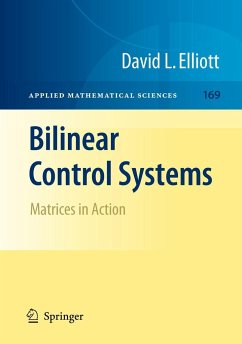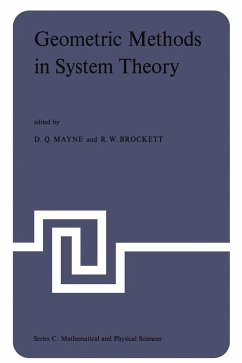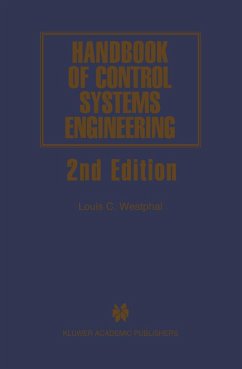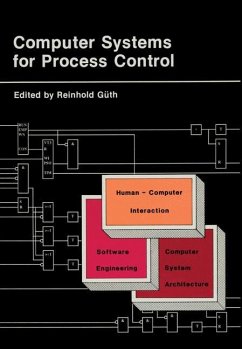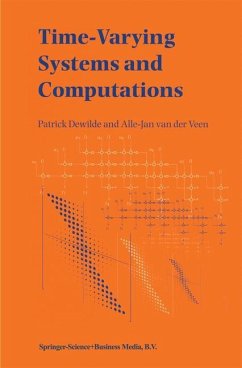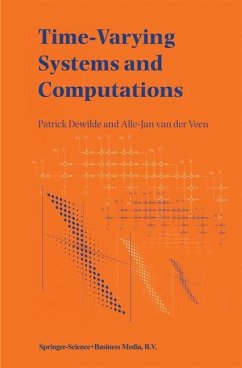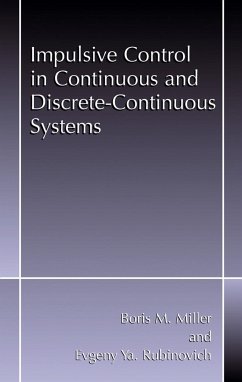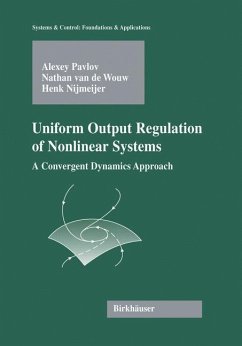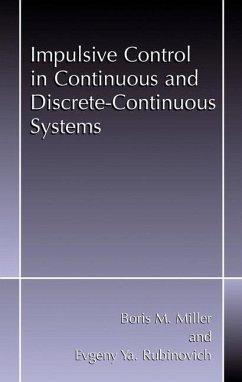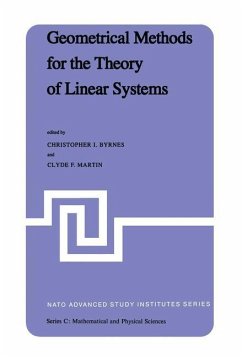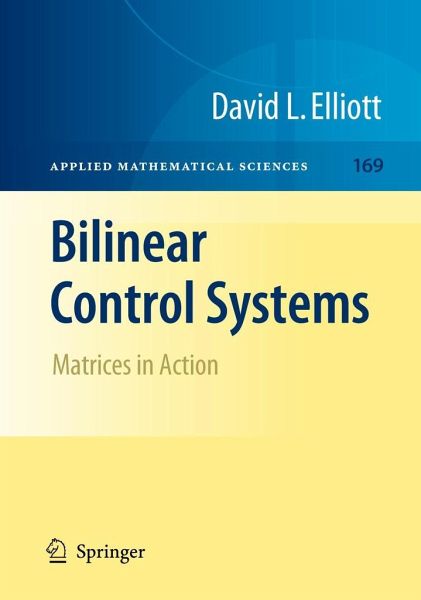
Bilinear Control Systems
Matrices in Action
Versandkostenfrei!
Versandfertig in über 4 Wochen
52,99 €
inkl. MwSt.
Weitere Ausgaben:

PAYBACK Punkte
26 °P sammeln!
The mathematical theory of control became a ?eld of study half a century ago in attempts to clarify and organize some challenging practical problems and the methods used to solve them. It is known for the breadth of the mathematics it uses and its cross-disciplinary vigor. Its literature, which can befoundinSection93ofMathematicalReviews,wasatonetimedominatedby the theory of linear control systems, which mathematically are described by linear di?erential equations forced by additive control inputs. That theory led to well-regarded numerical and symbolic computational packages for control analy...
The mathematical theory of control became a ?eld of study half a century ago in attempts to clarify and organize some challenging practical problems and the methods used to solve them. It is known for the breadth of the mathematics it uses and its cross-disciplinary vigor. Its literature, which can befoundinSection93ofMathematicalReviews,wasatonetimedominatedby the theory of linear control systems, which mathematically are described by linear di?erential equations forced by additive control inputs. That theory led to well-regarded numerical and symbolic computational packages for control analysis and design. Nonlinear control problems are also important; in these either the - derlying dynamical system is nonlinear or the controls are applied in a n- additiveway.Thelastfourdecadeshaveseenthedevelopmentoftheoretical work on nonlinear control problems based on di?erential manifold theory, nonlinear analysis, and several other mathematical disciplines. Many of the problems that had been solved in linear control theory, plus others that are new and distinctly nonlinear, have been addressed; some resulting general de?nitions and theorems are adapted in this book to the bilinear case.





